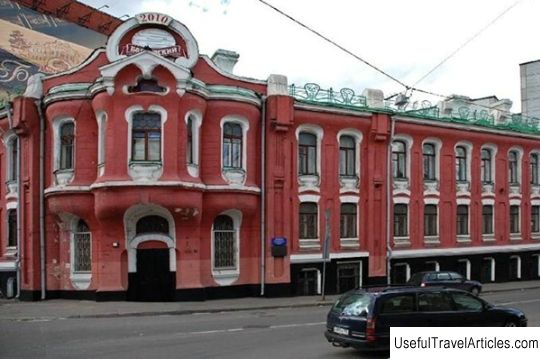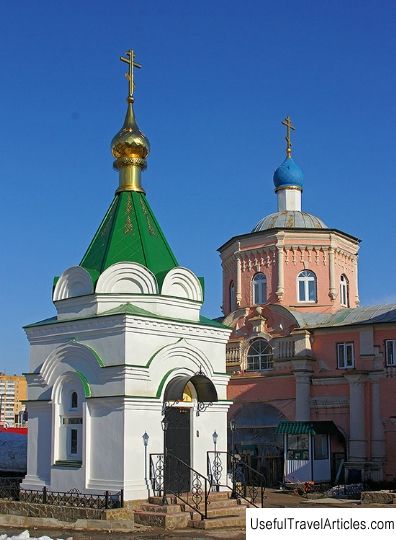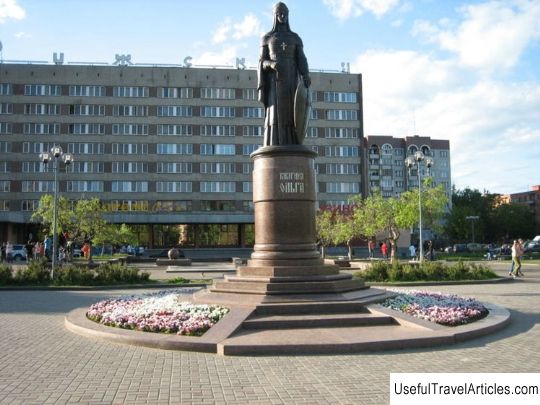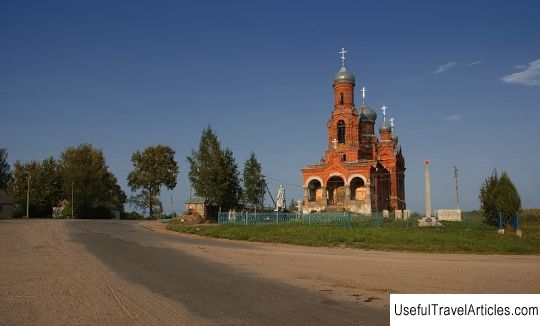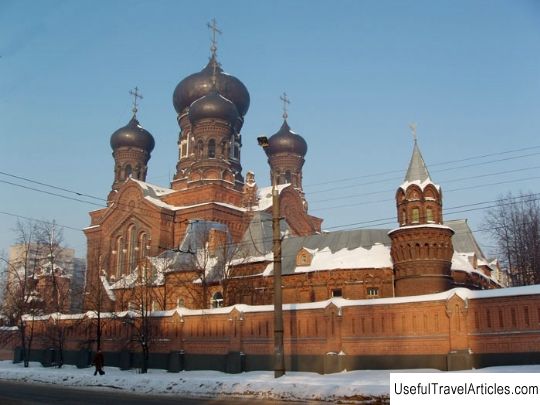Svyato-Vvedensky nunnery description and photos - Russia - North-West: Pskov region
Rating: 7,6/10 (1432 votes) 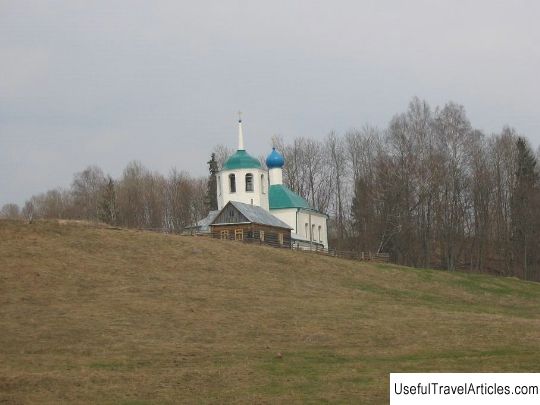
Svyato-Vvedensky nunnery description and photos - Russia - North-West: Pskov region. Detailed information about the attraction. Description, photos and a map showing the nearest significant objects. Photo and descriptionThe Svyato-Vvedensky convent is located in the Pskov region, near the town of Ostrov, on Mount Vladimir. There are two versions of the origin of the name of the mountain. One of them is based on the chronicle of Bishop Joachim, an earlier chronicler than Nestor. This chronicle reports that Mount Vladimir is named after one of the sons of the Slavic prince Vandal, who built his own city for each of them. So, Izborsk was named after his son Izbor, and Vladimir, respectively, in honor of Vladimir. Another version reflects the opinion that the mountain is named after Prince Vladimir. It is assumed that before becoming the prince of Kiev and baptizing Russia in the 10th century, he spent his childhood and adolescence in these places. If we adhere to this version, then this fortification existed in the 10-11th century. On Mount Vladimir there was a fortress, which was built to defend against attacks from the Novgorod neighbors. It was a fortification, a southeastern outpost of the Pskov land. At the end of the 16th century, the fortification took on the appearance of an ordinary churchyard, which burned down in 1875 (the fire did not affect the temple). Remains of fortifications and an embankment have survived to this day. In the south of the fortress there was a well, which today is covered with earth. In the west there was a stepped descent. There was a cache on the eastern mound. It is believed that the bell tower at the Church of St. Nicholas was built from the slabs of its vaults and steps. On the same mountain, as the chronicle tells in 1462, the temple of St. Nicholas the Miracle Worker of Mirlikia was erected. According to legend, during the next attack of enemies, unable to overcome the offensive, the believers gathered in the temple and hid underground. According to documents, the Nativity monastery was founded here in the 16th century. In the 18th century, after the decree of Catherine the Great, the monastery was closed. But the church of St. Nicholas remained. The stone temple, which has survived to our time, was built in 1797. It has two side-chapels added: in the name of the Nativity of the Theotokos and Saint Demetrius of Rostov. According to legend, after a prayer service was served before the construction of the church, there was a wonderful vision of the icon of St. Nicholas the Wonderworker at this place. Therefore, it was this place that was chosen for the construction of the temple. Despite numerous attacks by enemies, fires and wars, the greatest damage to the temple was done in the 20th century. After the revolution in 1931, all the bells were removed from the bell tower (there were seven of them), many icons were destroyed, and the clergy suffered. They were arrested in 1937 and their fate is still unknown. The temple housed both a stable and firing positions. During their retreat, the German invaders removed the priceless iconostasis from the church. In 1988, Hieromonk Niphont from the Pskov-Caves Monastery, with the blessing of Metropolitan Vladimir, came to Vladimir to revive the monastery. By then he was completely devastated and ruined. Help came from everywhere - from the Pskov-Pechersky Monastery, the municipality, some enterprises, and even the military. Much has changed in 20 years. Cells, a refectory, outbuildings, a gate, a gateway chapel and a clergy house were built. Construction continues today. The economy is also reviving. The monastery bred cows, sheep, horses, and has its own vegetable garden. The products obtained from this farm are sold. Despite the fact that the monastery is far from civilization, many pilgrims come here. An Orthodox children's camp operates in the summer. There are also several sources at the monastery - Nicholas the Wonderworker and John the Baptist. In 2005, with the blessing of His Holiness Patriarch Alexy II, the consecration of the Holy Vvedensky nunnery took place. Now the ensemble of the monastery includes the Nikolskaya Church, a gate with a gateway chapel and a clergy house.         We also recommend reading Capitol (Campidoglio) description and photos - Italy: Rome Topic: Svyato-Vvedensky nunnery description and photos - Russia - North-West: Pskov region. |
